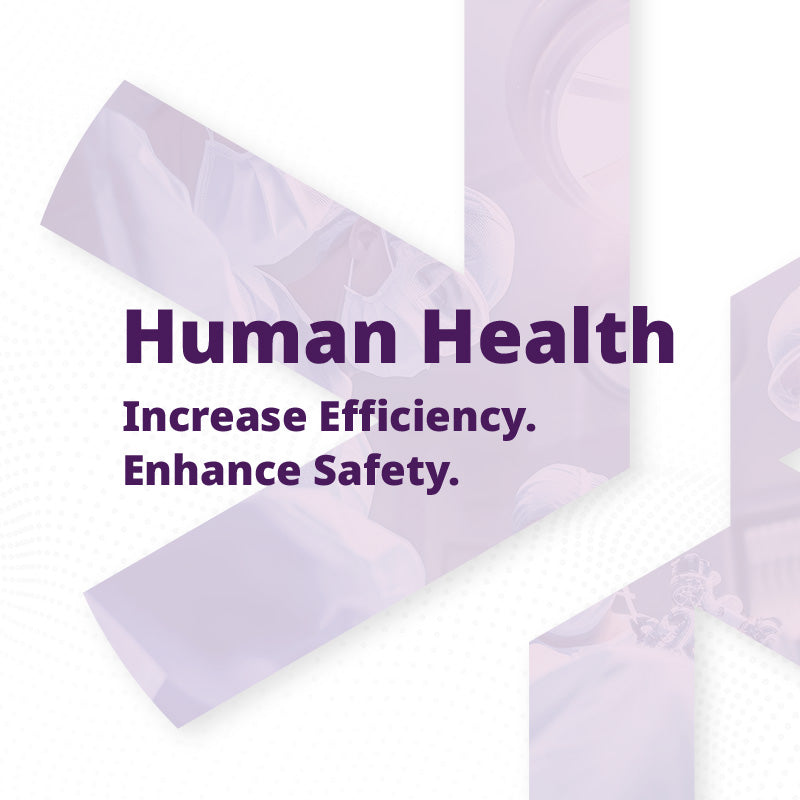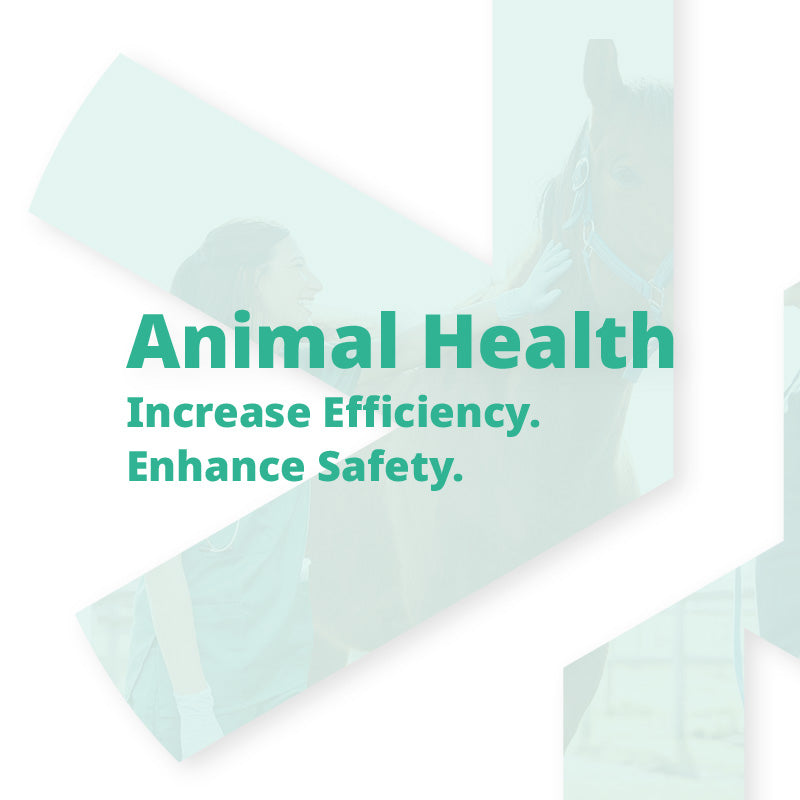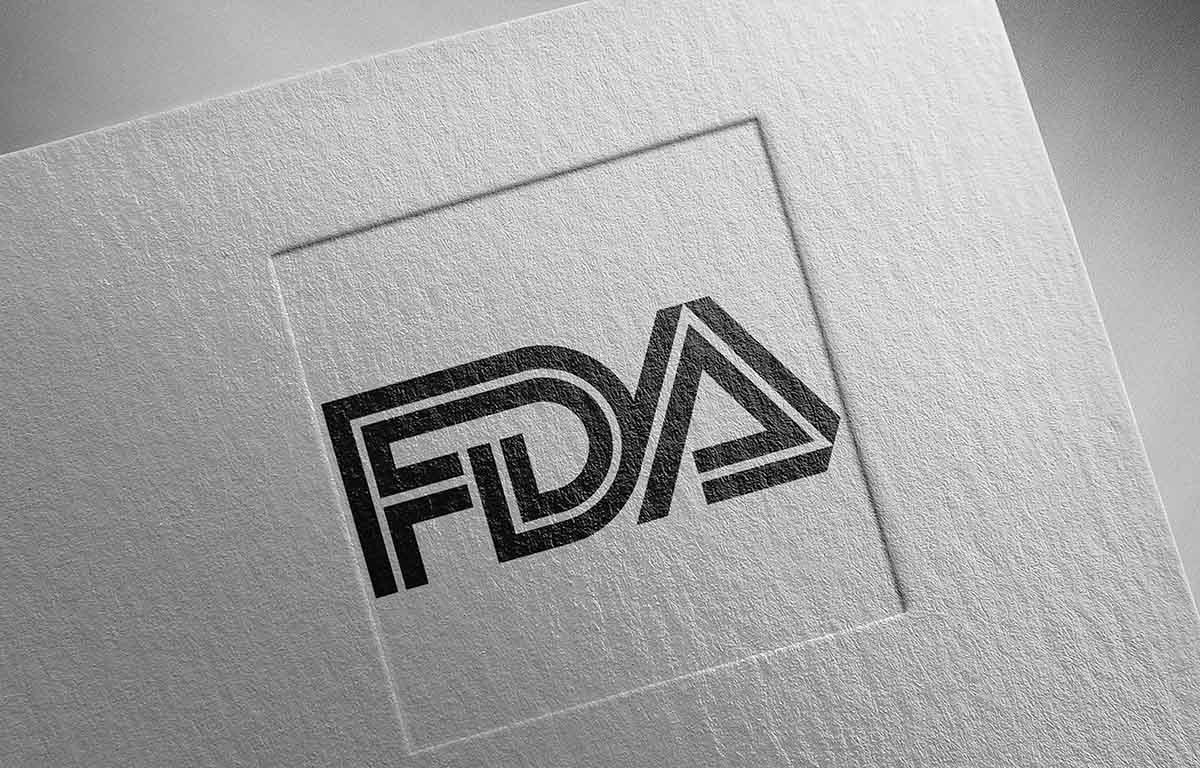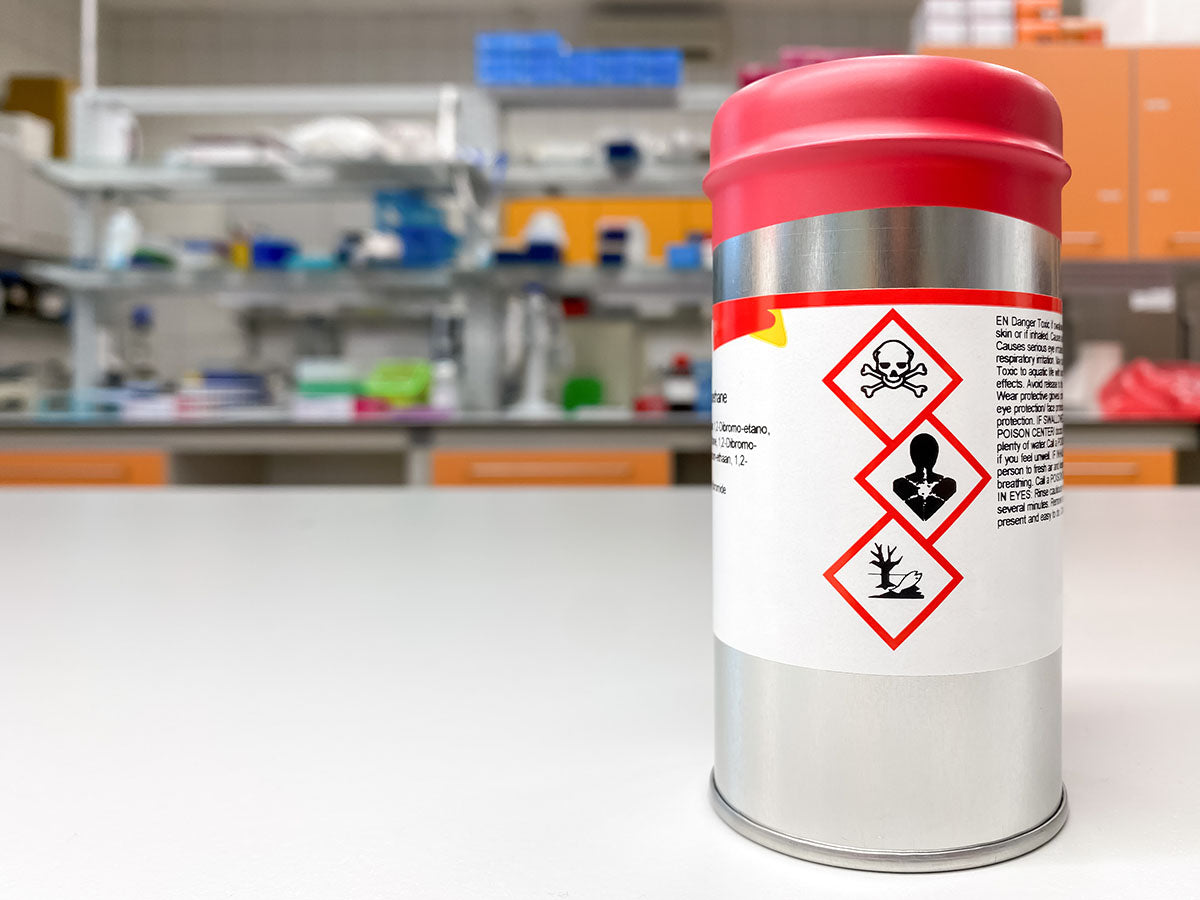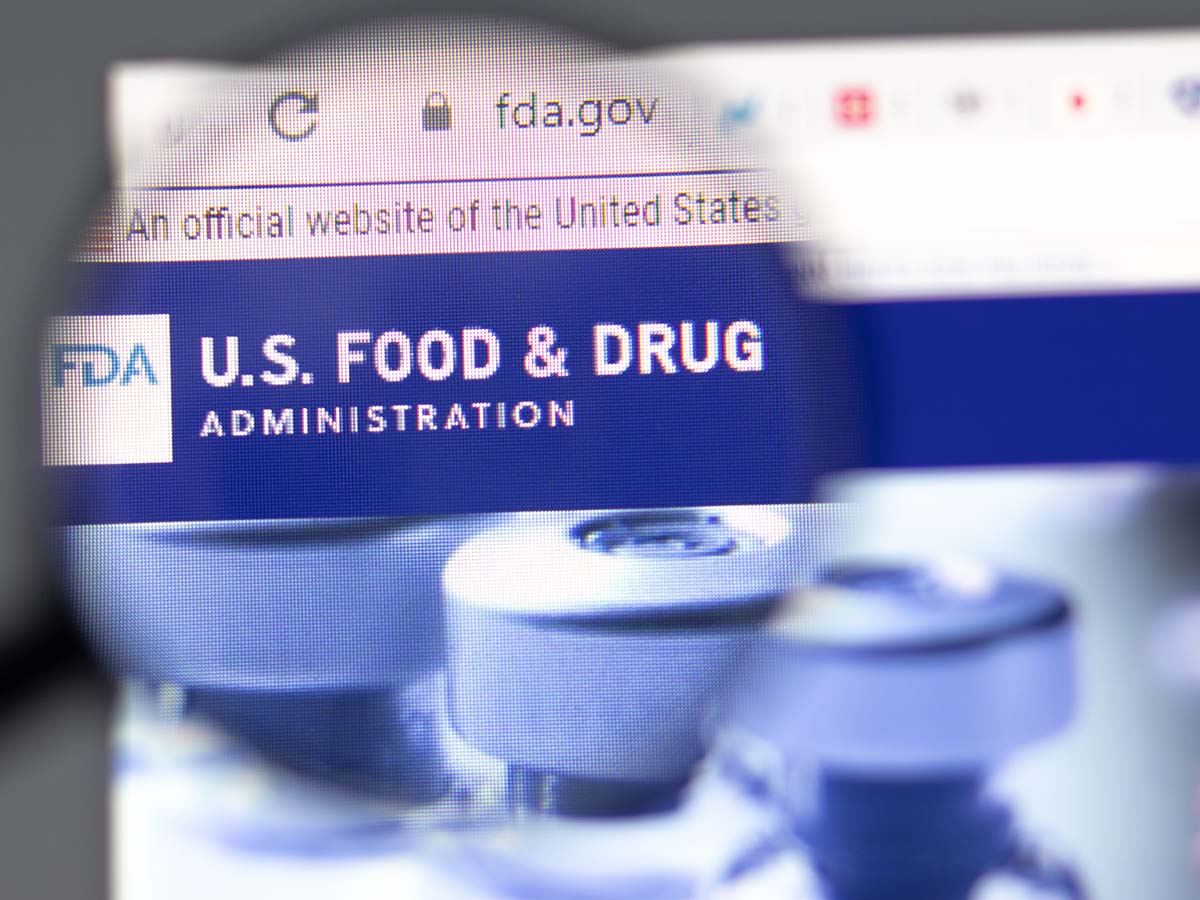The regulator said it added the alternative sterilization method to its database in response to pressure to reduce EtO use and to support supply chain resiliency.

A sign for the Food And Drug Administration is seen outside of the agency’s headquarters on July 20, 2020 in White Oak, Maryland.Sarah Silbiger via Getty Images
Dive Brief:
- The U.S. Food and Drug Administration hasadopted an international sterilization standard to give medical device manufacturers another alternative to ethylene oxide (EtO).
- Manufacturers can now make declarations of conformity to the International Organization for Standardization’s recommendations on low-temperature vaporized hydrogen peroxide in submissions to the FDA.
- The FDA framed the addition of the ISO test to its Recognized Consensus Standards database as a response to pressure to reduce EtO use and the need to support supply chain resiliency.
Dive Insight:
In April, the U.S. Environmental Protection Agencyproposed limiting EtO emissions from sterilization facilities by 80% to minimize the risk of people developing cancer from exposure to the gas. AdvaMed haswarnedthe limit could halve capacity at commercial sterilizing plants, and the FDA has cautioned that there is a lack of viable alternatives to EtO for many devices.
The FDA is acting to support the transition to alternatives where possible. Earlier this year, officialsbegan a pilot program to help companies change their sterilization sites or methods. Now, the FDA has moved to provide manufacturers with another sterilization option.
Suzanne Schwartz, director of the Office of Strategic Partnerships and Technology Innovation at the FDA’s Center for Devices and Radiological Health, called low-temperature vaporized hydrogen peroxide “an important alternative sterilization method” in a Monday statement. The method uses hydrogen peroxide vapor under vacuum and,according to a trade body, shows “low toxicity.”
The FDA plans to modify its list of recognized consensus standards to include hydrogen peroxide vapor later this year, but manufacturers can already cite the standard in their submissions.
“Many manufacturers sterilize their products according to the information provided within voluntary consensus standards, including those for various sterilization processes,” Schwartz said. “When the FDA recognizes standards, it means the FDA finds them acceptable and a manufacturer can make a declaration of conformity to the standards to meet a premarket submission or other requirement.”
FDA officials disclosed the addition of the standard alongside the recognition of two Technical Information Reports associated with medical device sterilization. The reports cover radiation sterilization processes.


